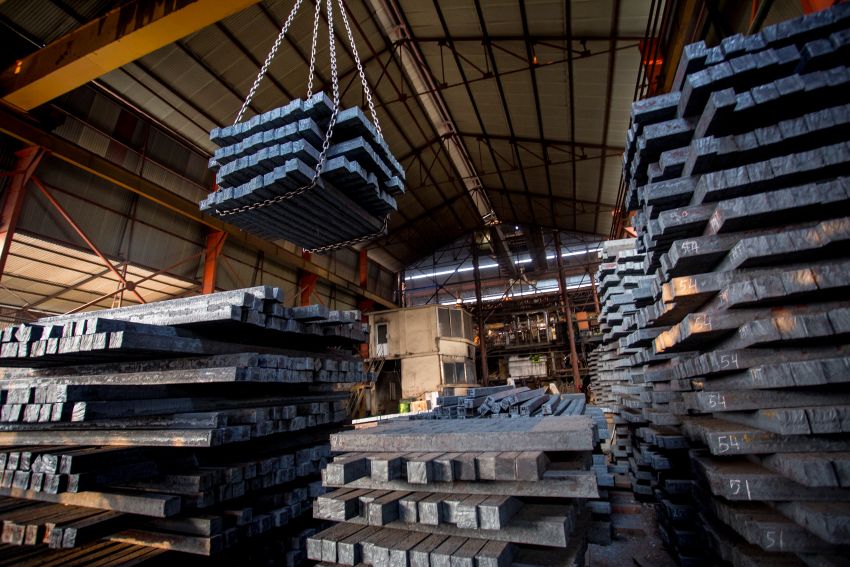India’s vast and varied geography has a wide range of climatic conditions. These regional differences play a crucial role in determining the materials used in construction. For builders, architects, and building material suppliers in India, understanding these climatic influences is essential for creating durable, energy-efficient, and sustainable structures.
India’s climatic zones and their impact on construction
India is divided into five major climatic zones, each with unique environmental challenges:
- Hot and dry (e.g., Rajasthan, parts of Gujarat)
- Warm and humid (e.g., Kerala, coastal Tamil Nadu)
- Moderate (e.g., Bangalore, Pune)
- Cold and Snow-bound (e.g., Himachal Pradesh, Ladakh)
- Composite (e.g., Delhi, Lucknow, Bhopal)
Each zone requires specific construction strategies and material choices to ensure comfort, safety, and longevity.
Hot and dry regions: Building material suppliers in India prioritising heat resistance
In hot and dry areas, temperatures can exceed 45°C during summer. The key challenge here is to keep interiors cool and reduce energy consumption.
Recommended materials:
- Adobe and mud bricks: These have high thermal mass and keep interiors cooler.
- Lime plaster: Offers natural insulation and reflects heat.
- Terracotta tiles: Used for roofing, they help in reducing heat absorption.
- Reflective paints and coatings: Reduce heat gain on external surfaces.
Why it matters:
Building material suppliers in India operating in these regions focus on materials that offer thermal insulation and reduce the need for artificial cooling systems.
Warm and humid regions: Fighting moisture and mould
Coastal states like Kerala and West Bengal experience high humidity and heavy rainfall. In such climates, moisture control is critical to prevent mould, decay, and structural damage.
Recommended materials:
- Fly ash bricks: These are breathable and help regulate moisture.
- Concrete blocks with waterproofing additives: Prevent water seepage.
- Anti-fungal paints: Protect walls from mould and mildew.
- Treated wood and steel: Resist corrosion and termite attacks.
Building material suppliers in India in humid zones often recommend non-porous and water-resistant materials to ensure long-term durability.
Also Read: Concrete vs. Cement: Knowing the Difference from Construction Material Suppliers
Cold and snow-bound regions: Ensuring insulation and strength
Buildings in the northern Himalayan belt must withstand snow loads and freezing temperatures. Materials must provide insulation and structural integrity.
Recommended materials:
- Timber: Naturally insulates and is widely available in hilly regions.
- Stone masonry: Offers strength and thermal mass.
- Double-glazed windows: Retain indoor heat and reduce energy loss.
- Insulated roofing sheets: Prevent heat escape and snow accumulation.
Building material suppliers in India serving these regions offer materials that can endure extreme cold while maintaining indoor comfort.
Composite climate: Balancing extremes
Cities like Delhi and Lucknow experience both hot summers and cold winters. This duality requires versatile materials that can adapt to seasonal changes.
Recommended materials:
- Autoclaved aerated concrete (AAC) blocks: Provide excellent insulation.
- UPVC windows and doors: Offer thermal efficiency and sound insulation.
- Cool roof coatings: Reflect sunlight during summer.
- Insulated wall panels: Help retain heat during winter.
Building material suppliers in India that deal with composite climates often offer hybrid solutions that balance insulation, ventilation, and energy efficiency.
Moderate climate: Flexibility in material choice
Cities like Bangalore and Pune enjoy relatively stable weather, allowing more flexibility in choosing the material. Sustainability and cost-efficiency remain important.
Recommended materials:
- Cement blocks and red bricks: Common and cost-effective.
- Glass and steel: Used in modern architecture for aesthetics and strength.
- Solar panels and green roofs: Popular for eco-conscious construction.
Even in moderate climates, building material suppliers in India use eco-friendly materials like recycled aggregates and low-VOC paints.
How building material suppliers in India adapt to regional needs
To meet the diverse demands of India’s climate zones, building material suppliers in India have adopted several strategies:
- Customised inventories based on regional climate
- Partnerships with local manufacturers for sustainable sourcing
- Technical support and consultation for builders and architects
- Training programs to educate clients on climate-smart materials
This adaptability ensures that construction projects are climate-resilient, cost-effective, and environmentally responsible.
Conclusion
Climate-responsive construction is no longer optional; it’s essential. With India’s diverse weather patterns, choosing the right materials can greatly impact a building’s performance, durability, and environmental footprint. Building material suppliers in India play a vital role in this ecosystem by offering region-specific solutions, promoting sustainable practices, and guiding builders toward smarter choices.



